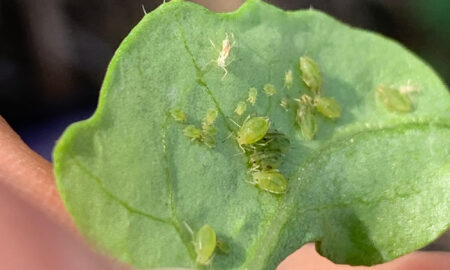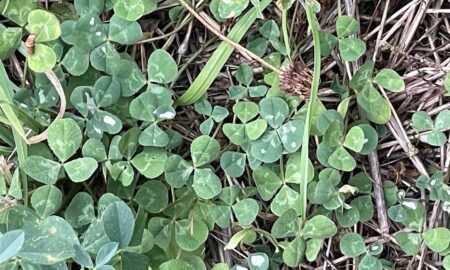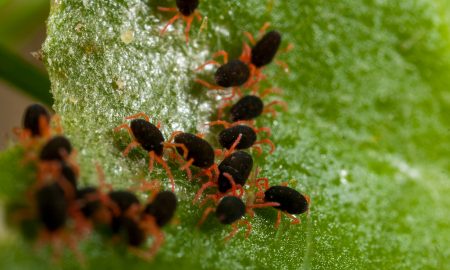Etiella, aka lucerne seed web moth (Etiella behrii), has evolved a pretty good survivalist strategy.
Waking from their pupal stage in the mild September weather, female moths will lay their eggs on developing pods, stems and flowers in susceptible legume crops, especially lentils and lucerne, but also fieldpeas, lupins and vetch.
Within 24 hours of hatching, the immature larvae will work their way into the pods, where they will feast and fatten themselves up on the developing grain.
Conveniently for them, they are also sheltered from insecticides.
The larvae won’t emerge from the pods until they are ready to pupate in the soil, by which time damage has been done to the developing grain.
Staying one step ahead
To prevent Etiella damage, moths must be targeted before egg lay.
To help achieve a well-time spray, the South Australian Research & Development Institute (SARDI) have developed a degree-day model.
The model uses local temperature data to predict the accumulation of degree-days above a minimum temperature threshold for development. Degree-day accumulations of 351 is the point at which 10% of flight activity is predicted to have commenced and signals the time to commence crop monitoring for Etiella.
We have used 2019 temperatures leading up to 22 September 2019 and 20 years of average temperature data from there on, to predict the dates for some growing regions of Victoria and NSW.
- Swan Hill, VIC – 29 September
- Wagga Wagga, NSW – 9 October
- Horsham, VIC – 16 October
- Bendigo, VIC – 20 October
The dates provided are guides and will depend on temperatures over the next few weeks.
Flights can occur on either side of these dates. We recommend a buffer period and beginning to monitor 1-2 weeks prior to the date predicted for your region.
Keeping an eye on Etiella
Use a sweep net to monitor for Etiella moths at least once a week during podding (green crops only – dry crops aren’t at risk).
A minimum of 3 lots of 20 sweeps should be randomly undertaken within each crop.
The recommended threshold is 1-2 Etiella moths in 20 sweeps.
At rest, adult Etiella have a long and slender in appearance, and are 10-15 mm long. They are greyish brown in colour with a tan band that runs across the forewings and a white strip that runs the full length along the outer edge of the forewings.
Also, lookout for the snout-like beak, which protrudes forward from the head as a key feature.
Cover image: Photo by SARDI





